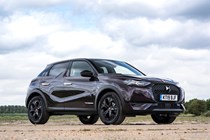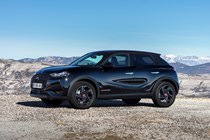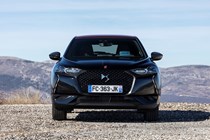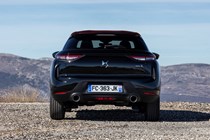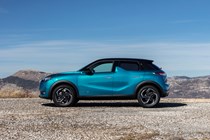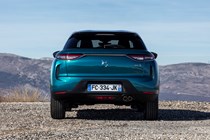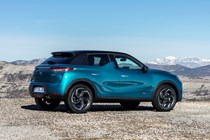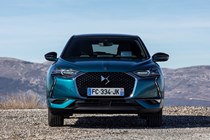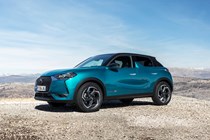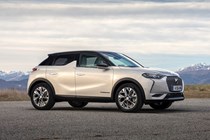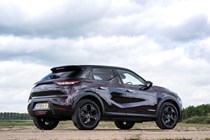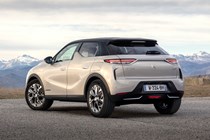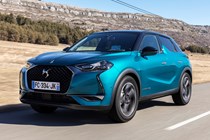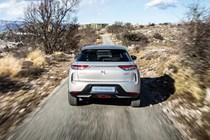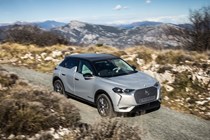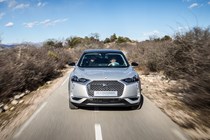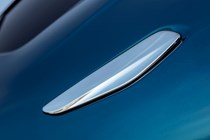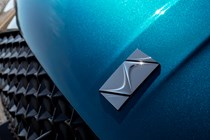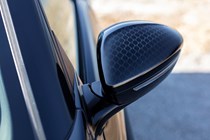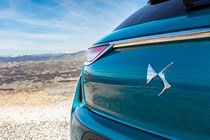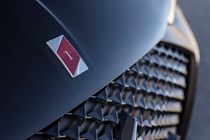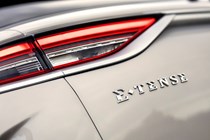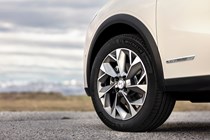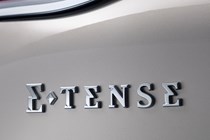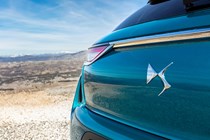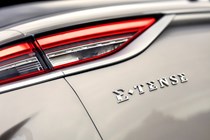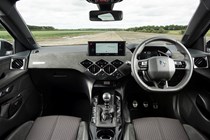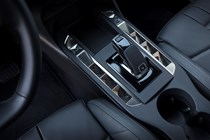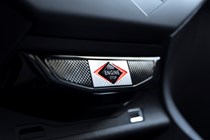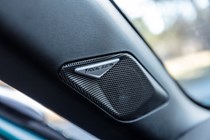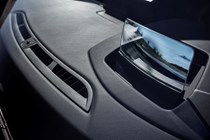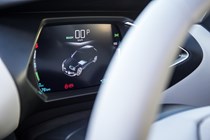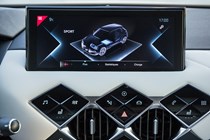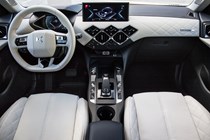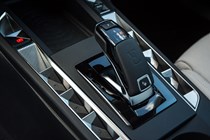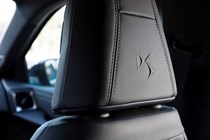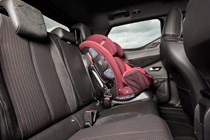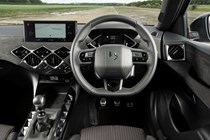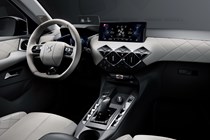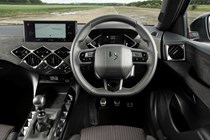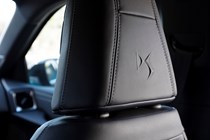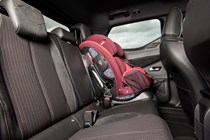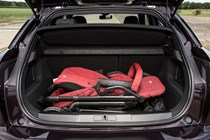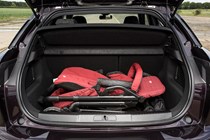
DS 3 Crossback SUV engines, drive and performance
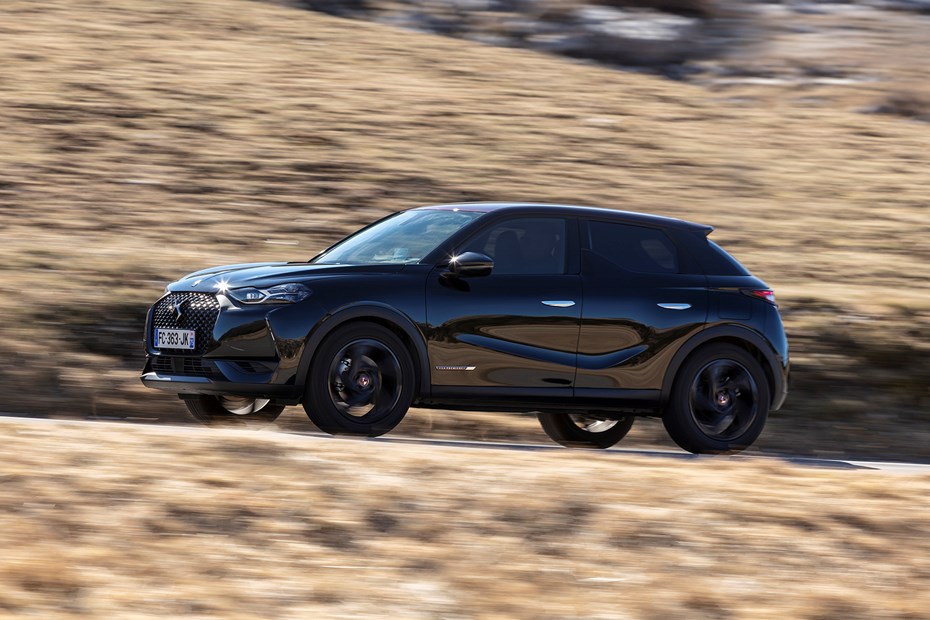
- A choice of three petrol engines and one diesel
- Higher-powered engines come with an automatic gearbox
- Pure-electric E-Tense version arrives in 2020
The DS 3 Crossback will be available with a choice of three petrol engines and one diesel. The E-Tense electric version will arrive in 2020.
All petrol engines are 1.2-litre turbocharged units. The entry-level PureTech 100 petrol engine develops 101hp and 205Nm, taking 10.9 seconds to reach from 0-62mph. Top speed is 112mph.
The mid-range PureTech 130 develops 131hp and 230Nm of torque. This reduces the 0-62mph time down to 9.2 seconds and raises the top speed to 124mph. There’s plenty of power here for most buyers, delivering the majority of its torque at low revs and building momentum with ease. This is not a high-revving engine and there’s not much reward to be had when working it hard, but the relaxed nature suits the DS 3 Crossback.
Opt for the most powerful Puretech 155 and this drops the 0-62mph even further, down to 8.2 seconds. Top speed goes up to 129mph. Power may have increased to 155hp, but torque is only 10Nm more than the PureTech 130, at 240Nm. As a result, the most powerful engine doesn’t transform the DS 3 Crossback into a high-performance version.
You’ll notice a bit more vigour when working the engine hard, but the similar torque figures between the two will mean that everyday driving actually feels quite similar when you reside in the lower half of the rev range.
Is there a diesel engine on the DS 3 Crossback?
There is one BlueHDI diesel engine available on the DS 3 Crossback: a 1.5-litre producing 102hp and 250Nm of torque. Like the entry-level PureTech 100, this is also only available with a six-speed manual gearbox. It takes 11.4 seconds to reach from 0-62mph and top speed is 112 mph.
What gearbox can you have on the DS 3 Crossback?
The entry-level PureTech 100 and BlueHDI 100 come fitted with a six-speed manual gearbox. The higher-powered PureTech petrol engines come with an eight-speed automatic only.
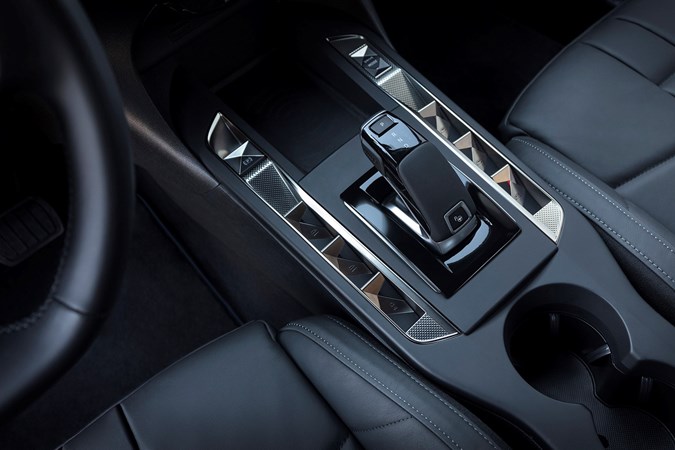
The automatic gearbox is largely competent at selecting the right gear for you and swaps between gears smoothly for the majority of the time. It can sometimes hesitate to make a decision in heavy stop-start traffic, but there are gearshift paddles mounted on the steering wheel column for you to take over.
You can select a Sport drive mode to sharpen up the engine response, but we found it made little difference to the driving experience.
The brake pedal doesn’t inspire much confidence at first hand, as it requires plenty of application before the brakes actually respond, but they are strong and the DS 3 Crossback isn’t a particularly heavy car in the first place.
That said, the pedal is difficult to modulate in slow traffic with its all-or-nothing character and makes for jerky progress when you creep along in queuing traffic.
DS 3 Crossback E-Tense performance
The E-Tense is powered by a 50kW/h battery and 138hp motor, requiring 8.7 seconds for this electric DS 3 Crossback to complete the 0-62mph sprint. A brief drive in this version displayed a keen rate of acceleration from standstill at low speeds, making this ideal for zipping around town environments.
The E-Tense also comes with a regenerative braking mode to harness some energy back to the battery. While this may be useful, this did result in a very light brake pedal that made it difficult to judge how much pressure was required. This may get easier over time, though.
To discover more about the DS 3 Crossback E-Tense, read our expert review
Handling
- Plenty of bodyroll, but grips well
- Not the sportiest but light on its feet
- Optional Grip control adds traction
As a small SUV, the DS 3 Crossback doesn’t throw up any surprises. It’s not as composed as the MINI Countryman, producing a more relaxed driving experience overall.
That’s not to say you’ll have a terrible time in the DS 3 Crossback at all, should you wish to wish to push on. The steering response is a marked improvement by being more consistent, even if it is as light as chocolate mousse.
There’s plenty of bodyroll as you navigate through twisting country roads but once you get used to it, you realise the DS 3 Crossback grips on to the road quite well. It may have felt a little flustered on the narrow, twisting roads of our test route but it took it all in its stride.
It’s also easy to place despite the extra bulk of bodywork over the DS 3 hatch.
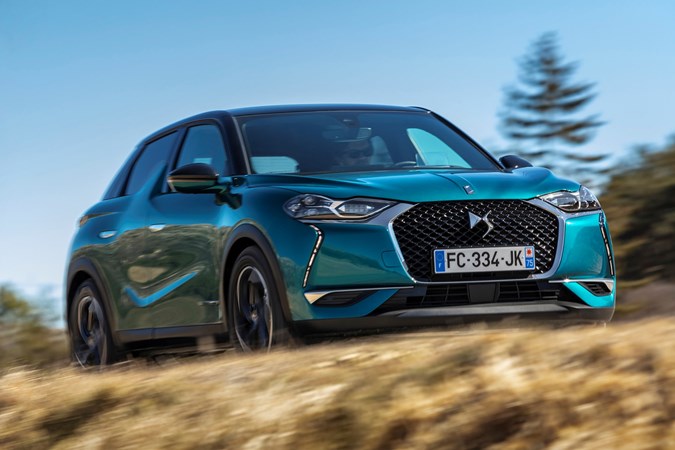
On average, this small SUV is 40kg lighter than the equivalent Citroen C3 Aircross, helping it feel quite light on its feet – which also helps when it comes to braking.
The electric E-Tense does weigh 300kg more than the other DS 3 Crossbacks with an internal combustion engine though, so we suspect it won’t feel quite as agile.
Our pre-production model of the E-Tense also had slightly firmer suspension on rougher roads and despite the lack of thumps or jarring being felt, it’ll be worth a test drive to see if it suits you. There was also a noticeable absence in steering weight but this combined with the instant torque pickup could be ideal for urban dwellers.
It may have 170mm of ground clearance, but the DS 3 Crossback won’t be troubling any serious off-roaders any time soon. That said, if you want to make the most of the two-wheel drive system, you can opt for the Advanced Traction Control pack that brings the firm’s Grip control system. This is available on all models except La Premiere and utilises the traction control system to maintain grip on varying road surfaces with a range of preset drive modes. This option also comes with mud and snow tyres.


